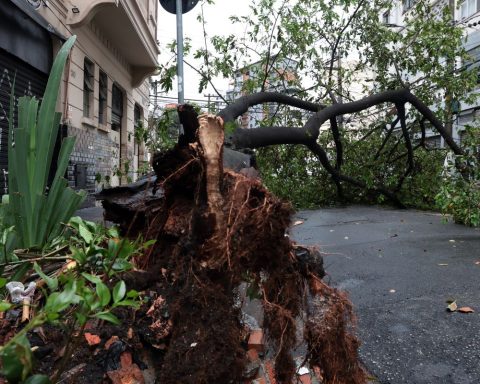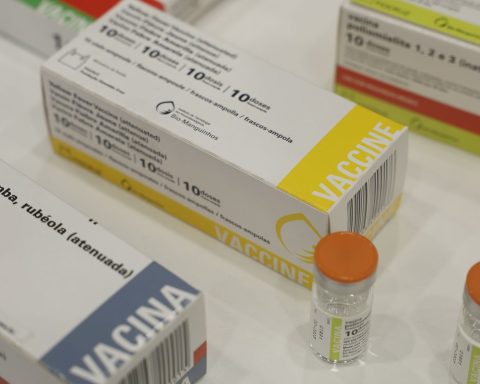Integrating Roraima’s electrical system into the National Interconnected System (SIN) is now a “strategic interest for the country”. Recognition of this priority was approved on September 21 through a resolution by the National Energy Policy Council (CNPE).
The order that officializes the interconnection as being strategic was published today (27) on Official Diary of the Union.
In a note, the General Secretariat of the Presidency of the Republic informs that the transmission line, which goes from Manaus to Boa Vista, passing through the Waimiri-Atroari indigenous land, “will finally be connected to the SIN”, after recent approvals from the National Foundation for Índio (Funai) and the Brazilian Institute for the Environment and Renewable Natural Resources (Ibama).
The matter has been going through the courts for years. “The impasse resulting from the filing of the aforementioned lawsuit ended up making the start of the works unfeasible, as the necessary preparatory measures should be carried out concomitantly with the socio-environmental measures planned with the indigenous people”, informed the Presidency, associating the delay in the connection to “great damages to the entire Brazilian society”.
According to the secretariat, the resolution also recognizes that the public action that provided for the fulfillment of the negotiations foreseen in the Basic Environmental Plan of the Indigenous Component (PBA-CI) “affected the development of the works of the enterprise”.
“For this reason, the approval of Resolution No. 9, of September 21, 2022, contributes to national development and to the reduction of costs of the national electricity system”, he adds.
Through the National Interconnected System, the electricity generated in different regions of the country can be made available to other areas, as long as they are also interconnected. With this, it is possible for the National Electric System Operator (ONS) to define which generating areas should be used more or less, in order to avoid – in the case of hydroelectric plants, for example – very sharp drops in reservoir levels.
















